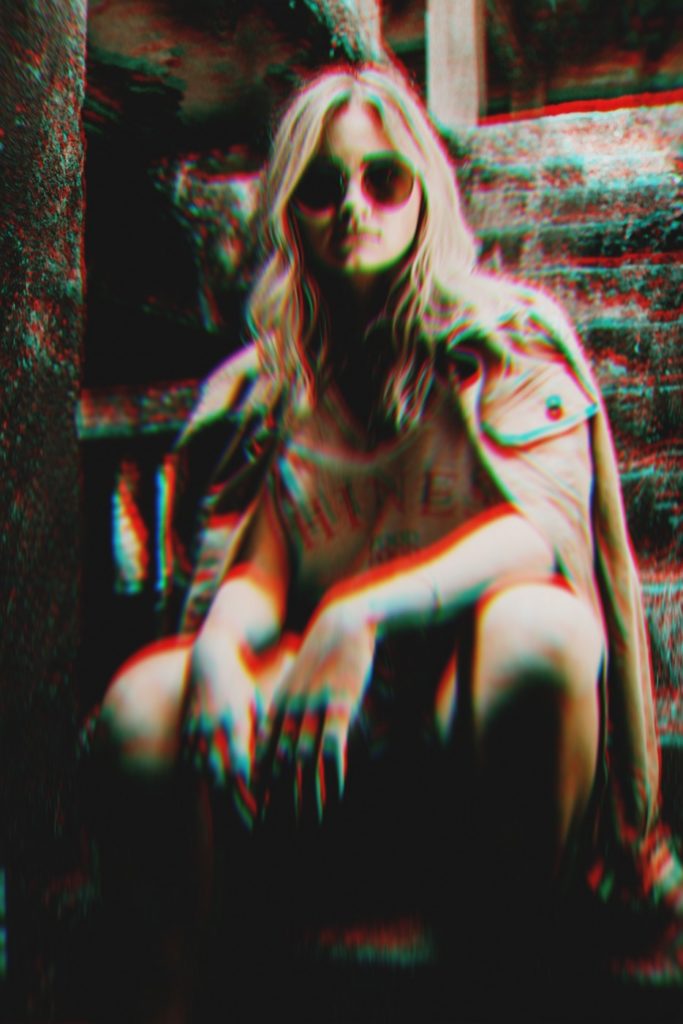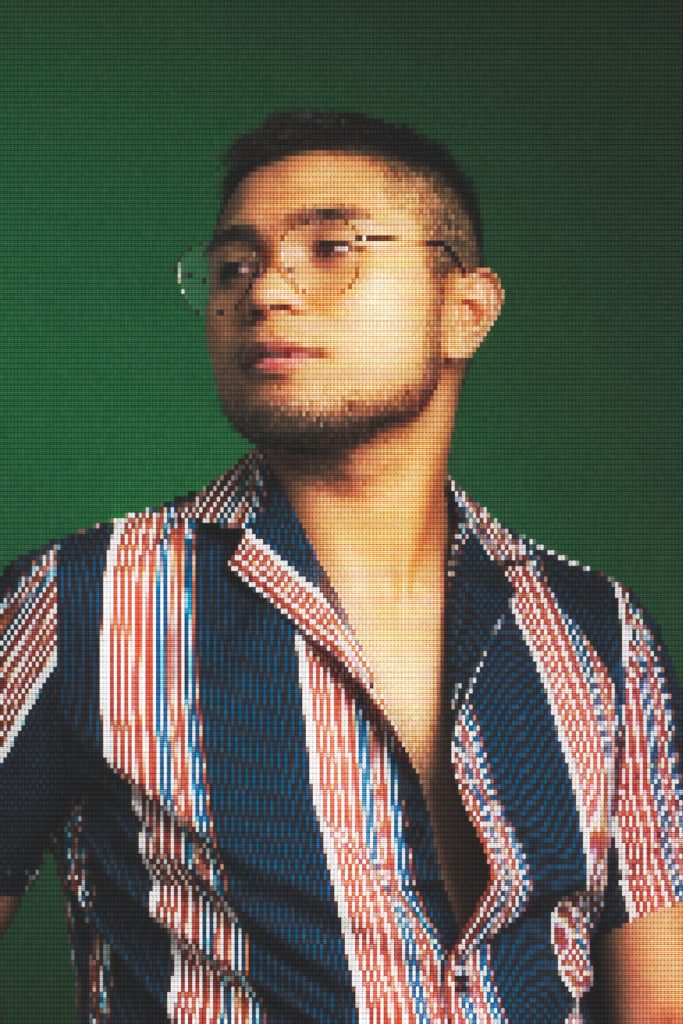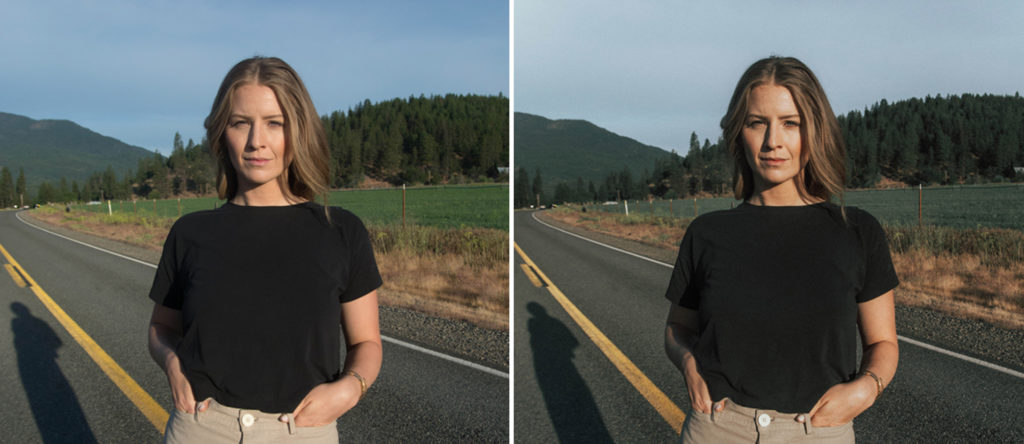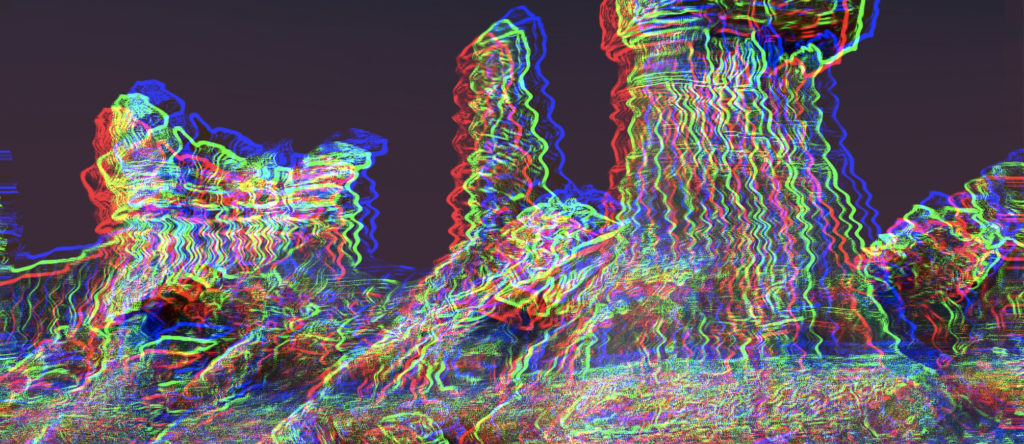Within the last few years, a wave of ’90s nostalgia and influence crashed into nearly every visible medium, from fashion and branding to TV and photography. And it makes sense: the creators of new art and trends tend to incorporate the ideas from when they were growing up—and someone who came of age in the ’90s is closer to 40 than 30 now. (We know. Sit on that for a minute.)
But, these trends haven’t just sprung up in their original state—creators have strategically molded them to fit the modern consumer. Bejeweled Juicy Couture tracksuits are now Suzi Kondi plush matching sets. Flannel shirts are back, but now they’re Gucci flannel. And if you want an actual, 1992 Ralph Lauren Polo Bear sweater? You’re gonna have to pay for the honor.
Today, everyone on Instagram is a creator, and ’90s-influenced photography is more than just a trend. Disposable film cameras have been replaced by apps like Huji, that instantly process images through a digital filter rather than a dark room.
Back in the beginning of 2018, we saw Selena Gomez through Huji-colored lenses for six consecutive posts, and she announced her triumphant return after via Polaroid. Timotheée Chalamet posted a series of voluminous film outtakes, garnering adoring comments such as “omg you are a work of art im serious” and “i just wanted to randomly let you know that….. I’m in love with you ???????? (sorry).”
But, truly achieving that ’90s vibe is a bit more complicated than just slapping a filter on your image. To really nail the look, you have to act the look—more specifically, you gotta learn the art of performative nonchalance. (Smiling? So ’80s.)
One way to describe photography in the 1990s is that it was a rebellion against the decade immediately before it. In the ’80s, photography focused on perfection. Hair was perfectly coiffed, skin was immaculately matted, and shoots were highly stylized. But, as film became more mobile, so did the resulting imagery. In came the ’90s, and street-style photography became the new normal. Even on set, this “candid” look was high fashion.
Art critic Neville Wakefield remarked the stark difference between the decades. “There’s a certain body language, a repertoire of gestures, like the hand in the jeans pocket, and they’re all here,” he said. “And they are the gestures of the ’90s, as representative as jumping off the curb with the newspaper in the ’80s.”

Take a page from some iconic photographers of the time. Stroll across the street and look directly into the camera, like this shot by Jeff Mermelstein from 1993 (book in the mouth is optional). Crank up the flash and saturation to bleach out your subject like this prestigiously exhibited photograph by Wolfgang Tillmans. The subjects are clearly aware of the camera’s presence but remain intentional in their own physical space.
So that’s how you make it feel like a ’90s image. And here’s the apps that make it look like one.
Mobile Apps
- HUJI Cam (cheekily named after the Fujifilm camera whose effects it mimics) is your one-stop-shop for a retro, digital camera look, straight out of 1998 with a 35mm-looking haze, light leaks, and a classic yellow timestamp at the bottom.
- 1888 is named after the year Kodak was founded, and is a slight tweak on HUJI’s disposable camera format. It offers a similar look, but they’re both free and some of the most popular apps out there, so give ‘em both a shot.

- Camcorder transforms your phone’s videos to look just like those VHS home videos from your childhood, with the use of timestamps and nostalgic filters. Our advice: film with your Camera app, and then import into Camcorder. That way, you always have a copy without the effect, too.
- 1967 is stocked with hundreds of retro filters, effects, and presets, so you can get the precise time period you’re looking to achieve to really shine through. And when the ’90s trend gives way to something else, you’ll be ready.
- VSCO is the most popular photo-editing app for its filters that directly emulate famous films—and they have loads of ’90s / lo-fi packs available to download. Take the Kodak Portra 400NC filter pack for example, which draws its name and aesthetic from the titular camera released in 1998.
- Bubble is more of a fun, collage-like element to make your photos stand out. It allows you to add an 8-bit text bubble to your images for some 90’s video game nostalgia. Less like using a 90s camera, and more like you’re making a 90s-themed scrapbook.
- Finally, @GK3 is an Instagram user who’s created a neat story effect that allows you to enter a 1996 desktop computer as an Instagram story filter—complete with a muted turquoise background and beige browsers.
90s Filters For Desktop

- Filtergrade preset packs like this one created by photographer Stewart Clementz are perfect for all your Lightroom editing needs. Clementz pulled inspiration from 90’s film photography to craft this versatile pack.

- Photomosh allows you to upload photos or use your computer’s webcam instantly overlay dynamic effects. Effects that at especially 90s are “Bad TV” and “RGB Shift.”



